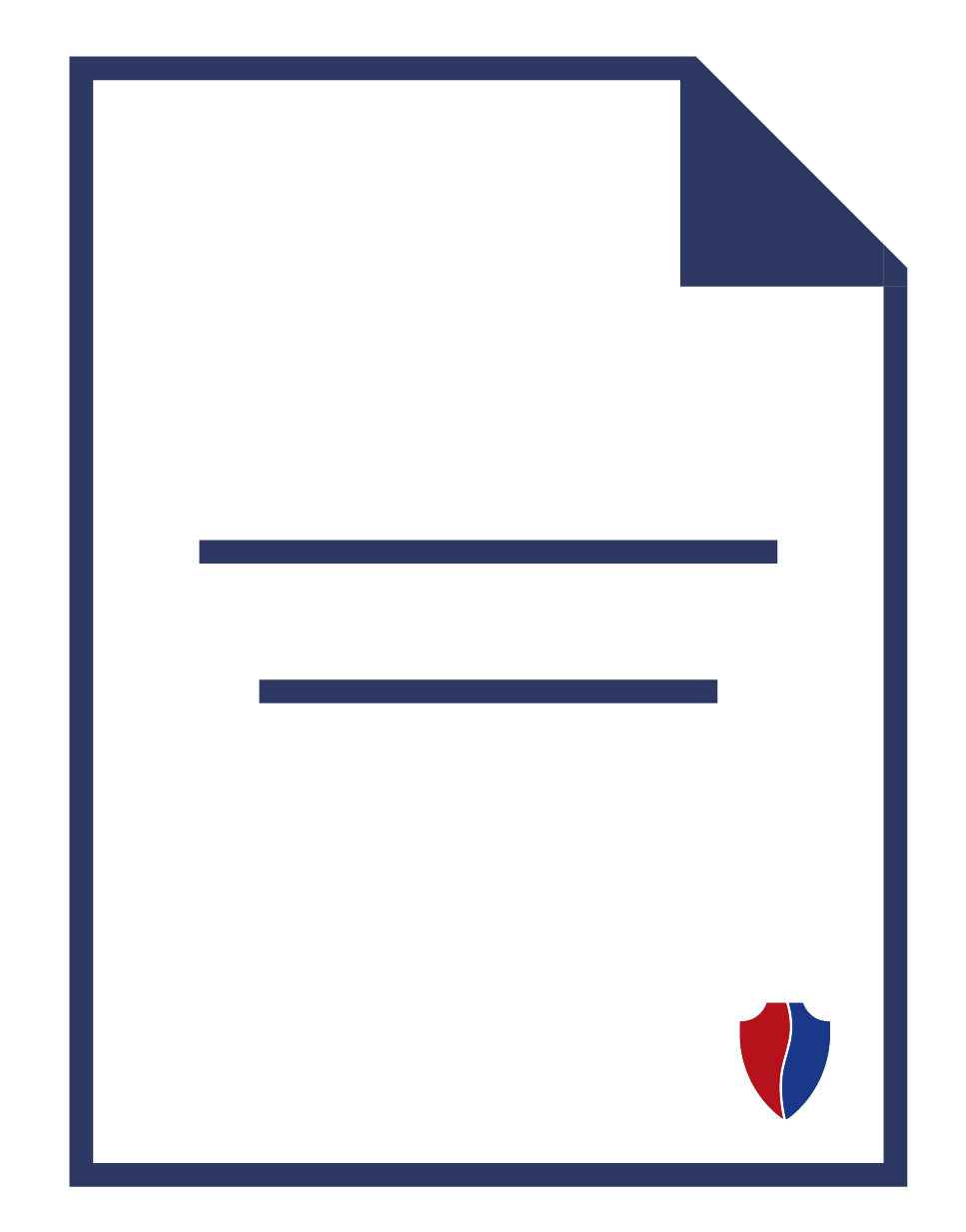Strategic Implications
In the early 2000s, Vietnam was very surprised by the way the United States conducted its anti-terrorism war in Iraq, Pakistan, and Afghanistan. The wise application of drones in pursuing and killing suspected terrorists has greatly impacted the conduct of modern wars. The use of drones is extremely effective in terms of reducing costs and casualties in action if compared with the Vietnam War. That fact has been studied carefully in Vietnam, which has imported some UAV models for research and development. As the Institute for Space and Technology’s Pham Ngoc Lang has explained, “we profoundly understand the great potential of using UAVs in various activities, both civilian and military, such as mapping, surveying, border patrol, search and rescue, HADR [humanitarian assistance and disaster relief], and so on. However, due to the lack of financial and technological capacity, the use of UAVs in Vietnam so far is still limited and primarily for civilian purposes. ”5
With regard to military purposes, Vietnam is at an early stage in its use of UAVs. One expert on Vietnam’s national defense strategy has noted that the Ministry of National Defence has identified some priorities for UAV development and application, such as air defense training, surveillance and reconnaissance, monitoring, search and rescue, and border and maritime patrols. Vietnam has made significant progress in these areas, and in general, the country’s way of using UAVs so far has produced changes in thinking at both strategic and tactical levels. Drones are considered to be an effective and modern tool for defending national sovereignty in the new and fast-changing regional context. Due to the great potential of drones, it is likely that Vietnam will go beyond these current priorities in the near future.
Domestically, many flycams have been imported for personal use, and the fact that more and more individuals are using short-range UAVs for recreational or civilian purposes leads to some debate regarding safety concerns for military helicopters and low-flying planes. The question of how to regulate and harmonize civilian and military uses of UAVs has not yet been fully addressed in Vietnam.
It is also interesting to note that the trend of using UAVs in maritime activities will surely increase given the complexity of issues surrounding the South China Sea. This could in turn have a strategic impact on Vietnam’s national security. Indeed, the South China Sea is an arena where great powers compete for influence and where military drones could potentially be deployed. Recently, a U.S. Defense Department report stated that China is going to produce 41,800 military UAVs by 2023, many of which are intended for striking targets.6 This shocked many people in Hanoi, since with the land reclamation projects in the South China Sea’s Spratly Islands, China could deploy large numbers of armed UAVs there and create a huge threat to Vietnamese national security. This may push Vietnam to develop longer-range and armed UAVs more rapidly.
Currently, Vietnam can only use UAVs within its own territory, and no UAV mission has been conducted outside its borders. There are three reasons for this. First, all of Vietnam’s UAVs are technically short- and medium-range. Second, Vietnam has not yet signed any bilateral or international agreement on the use of UAVs for military purposes, especially for longer-range regional or global missions beyond its borders. Third, Vietnam is pursuing a “three-no” defense policy: (i) Not allowing any foreign country to create a military base in Vietnam; (ii) Not sending Vietnamese combat troops abroad; and (iii) Not allowing any party to use Vietnam’s territory to attack a third party. The deployment of military UAVs abroad is not appropriate at this moment, but all options are open to future debate.
There are extensive debates in Vietnam about how to use UAVs for national defense purposes, and the general sense is that UAVs can be legitimately used for protecting independence, sovereignty, and territorial integrity. Vietnam so far has no interests in sending UAVs abroad or using UAVs to strike targets abroad. In legal, political, and technical terms, Vietnam is neither willing nor ready to send UAVs to participate in cross-border operations, into neighboring countries’ territory, in longer-range regional or global missions, or in expeditionary operations.
One expert from the Ministry of National Defence of Vietnam has noted that UAVs, or any kind of high technology, cannot replace traditional human-inhabited aircrafts in national security and defense.7 Vietnam’s past experience with war shows that human beings are key in national defense. In the future, the role of UAVs may be more important, but it does not mean that UAVs can fully replace human beings. In addition, Vietnam is likely to accept more risks to UAVs compared with traditional human-inhabited aircraft, since the loss of UAVs can be viewed and accepted more easily than can the loss of human life. “We lost and sacrificed too much during the past wars, and we are not allowed to have further losses of life during peacetime for any reason,” a member of the National Assembly of Vietnam explained.8

Reflecting on Vietnam’s perception of foreign drone acquisitions, Dr. Hoang Anh Tuan, director-general of the Institute for Foreign Policy and Strategic Studies, stated: “We consider that if any country can deploy UAVs in military operations, it means that that country has acquired greater military capability at tactical levels. The trend is new and only countries that possess great technological capability can advance the research and deploy UAVs first. But as time goes by, other small and developing countries will be catching up.” In the current context, there are many countries that are able to send their drones into Vietnam’s territory or its disputed area. China, Japan, the United States, and many members of the Association of Southeast Asian Nations (ASEAN) are able to send civilian and military drones into disputed areas in the South China Sea. “If Vietnam well implements the foreign policy of comprehensive international integration,” Hoang continued, “foreign UAVs will not represent a threat to our security. The development of UAVs around the world is not only technological progress, but also represents the greater resolve and fiercer competition among major powers and regional countries as well.”9
Vietnam has detected an increasing number of foreign UAVs in its territory, especially in the airspace over the South China Sea and in some border areas. However, Vietnam keeps silent on this and its reaction is mainly to monitor the intruding drone. There are several reasons why Vietnam is unwilling and not ready to shoot down foreign UAVs. First, political stability is very important at this moment. Using air defense weapons to shoot down foreign UAVs can cause concerns about instability. Second, Vietnam’s monitoring system is still blind in some regions, neither good nor effective enough to cover all of the country’s territory. Moreover, the air defense systems, especially in Vietnamese outposts in the South China Sea, are limited and not designed for shooting down UAVs. Third, Vietnam can detect flying objects, but it is not easy to identify whether those objects have civilian or military purposes, whether they are armed or unarmed, or who owns and has sent them into Vietnam’s territory. Therefore, shooting down a UAV is not easy and may carry some political and legal consequences.
A similar response would occur if a Vietnamese UAV were to go down. The effective control range for Vietnam’s UAVs is between 100 and 200 kilometers. So, it would not be easy for Vietnam to identify the reasons why a UAV had gone down until parts of the downed UAV could be retrieved. Therefore, an immediate response to the downing of a Vietnamese UAV would be difficult.


 Currently in Vietnam, UAV components and enabling technologies come from two sources: domestic development and foreign commercial purchases. Developers such as Viettel and HTI are able to independently design and develop all kinds of small, simple, and short-range UAVs. Components such as cover, frames, wings, and tails have been made from domestic polymer composites. Viettel and HTI also successfully developed software programs for positioning short- and medium-distance UAV control.3 In the late 1990s and early 2000s, some important components such as UAV engines or electronic devices had to be imported commercially, but today they can be found easily in domestic markets.
Currently in Vietnam, UAV components and enabling technologies come from two sources: domestic development and foreign commercial purchases. Developers such as Viettel and HTI are able to independently design and develop all kinds of small, simple, and short-range UAVs. Components such as cover, frames, wings, and tails have been made from domestic polymer composites. Viettel and HTI also successfully developed software programs for positioning short- and medium-distance UAV control.3 In the late 1990s and early 2000s, some important components such as UAV engines or electronic devices had to be imported commercially, but today they can be found easily in domestic markets.
